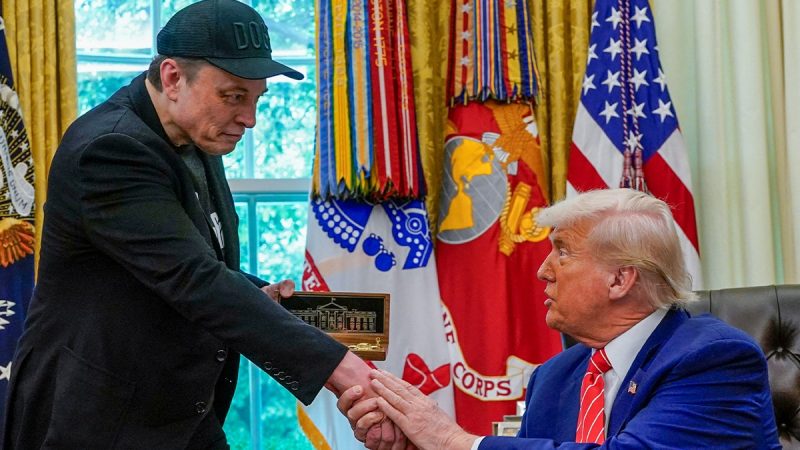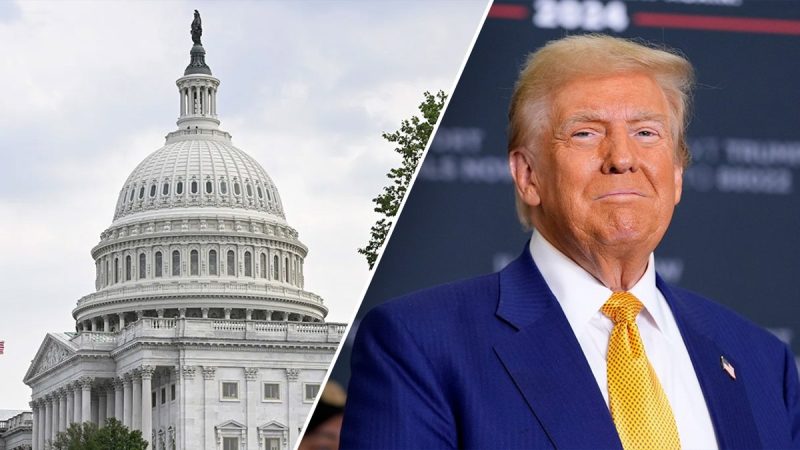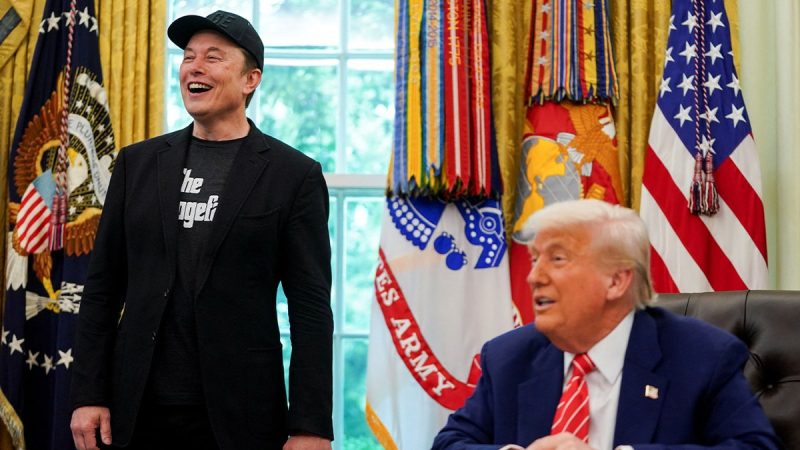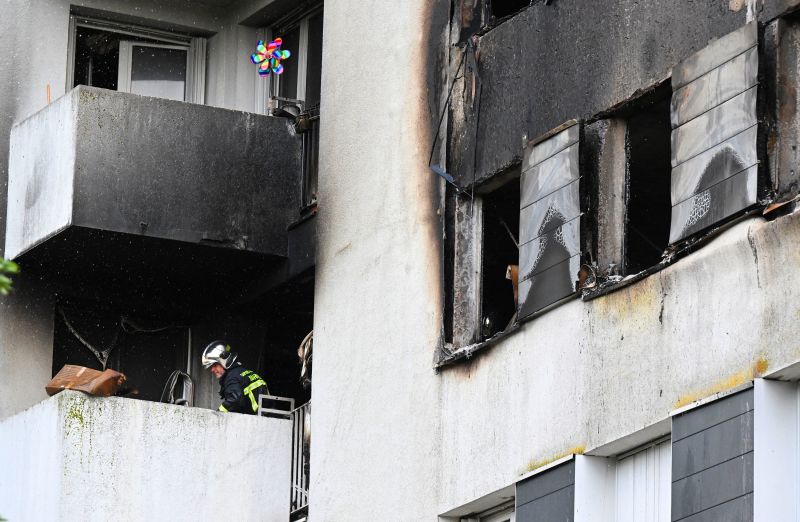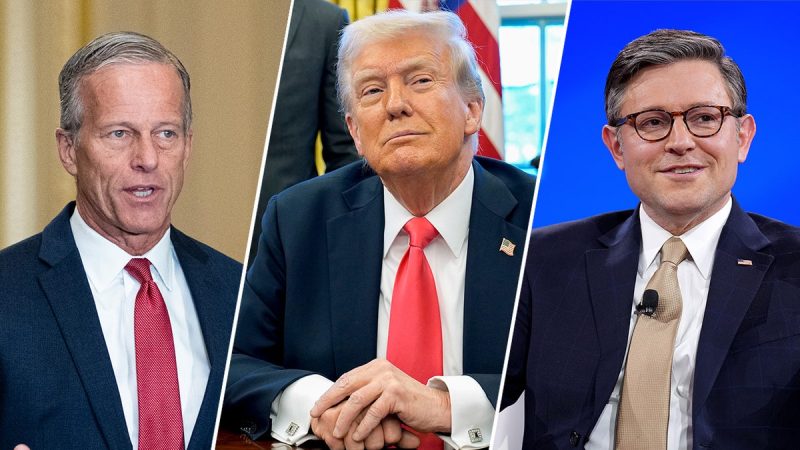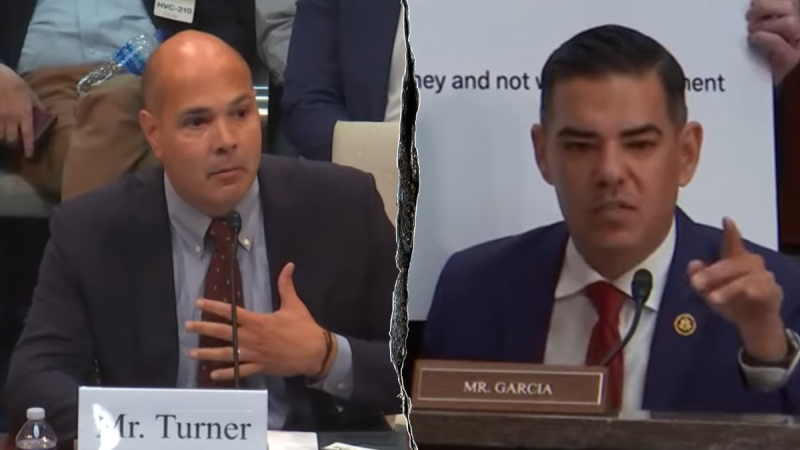
A House committee witness who was called out by Democratic Rep. Robert Garcia of California during a hearing this week is pushing back after the congressman unearthed a past social media post on Social Security in an attempt to discredit his testimony.
During a House oversight DOGE subcommittee hearing on Wednesday, Garcia grilled Power the Future CEO Dan Turner while holding up a posterboard of a past tweet calling Social Security a ‘government-sponsored Ponzi scheme.’
‘Madoff went to jail for it. Congress runs on it,’ the post said. ‘I should be able to keep 100% of my money and not watch government waste it with a paltry percentage return.’
Garcia then suggested that post was evidence that Turner lacks the credibility to be testifying about the billions of federal tax dollars directed to left-wing NGOs.
A Ponzi scheme and so I think it’s interesting, of course, as one of our Republican witnesses is calling Social Security a Ponzi scheme, and that’s the person that we should be taking advice from here today,’ Garcia said.
‘Without Social Security, 22 million people would be pushed into poverty. That includes over 16 million seniors and nearly 1 million children. And in fact, Elon Musk has also said and agreed with you, sir, that this is a Ponzi scheme. I think it’s ironic that you are one of our witnesses talking about efficiency when you want to attack the single best program that we have to support people not just out of poverty, but across this country to uplift them, to ensure they can afford a decent life.’
Fox News Digital spoke to Turner, who stood by his post and outlined his belief, echoed by many, that Social Security is structured like a Ponzi scheme by definition.
‘Rep Garcia does not know the definition of Ponzi scheme,’ Turner said. ‘Social Security is the ultimate Ponzi, demanding more and more people at the bottom pay in to fund the people at the top, expect our demographics have this now reversed. The system will default. Mr. Garcia nor I will likely never see a dime. That should worry him more than my social media feed.’
Turner told Fox News Digital that if Garcia’s staff were to spend as much time trying to save Social Security as it did ‘combing through my social media’ then ‘perhaps the Ponzi scheme can survive long enough for me to get a small percentage of what the government confiscated during my lifetime.’
Turner explained that his father had received a ‘paltry percentage’ of what he paid into the program and the the government ‘kept the rest’ when his father died.
‘That’s not just a Ponzi scheme, it’s government greed and politicians running a money-laundering operation to get reelected. No one should be compelled to pay into a failed system, yet in a free America, you don’t have that choice.’
In addition to Turner and Elon Musk suggesting that Social Security is by definition set up like a Ponzi scheme, Fox News Digital previously spoke to James Agresti, president of the nonprofit research institute Just Facts, who said the characterization has ‘validity.’
‘A Ponzi scheme operates by taking money from new investors to pay current investors,’ Agresti said. ‘That’s the definition given by the SEC, and contrary to popular belief, that’s exactly how Social Security operates.’
Agresti explained to Fox News Digital that Social Security, a program mired for decades with concerns about waste, fraud, and improper payments, ‘doesn’t take our money and save it for us, as many people believe, and then give it to us when we’re older’ like many Americans might believe.
‘What it does is, it transfers money when we are young and working and paying into Social Security taxes,’ Agresti said. ‘That money, the vast bulk of it, goes immediately out the door to people who are currently receiving benefits. Now, there is a trust fund, but in 90 years of operation, that trust fund currently has enough money to fund two years of program operations.’
The trust fund only being able to last for two years is not a result of the fund being ‘looted,’ Agresti explained, but rather it was put in place to ‘put surpluses in it’ from money that Social Security collects in taxes that it doesn’t pay out immediately and pays interest on.
‘The interest that’s been paid on that has been higher than the rate of inflation,’ Agresti said. ‘So, the problem isn’t that the trust fund has been looted. The problem is that Social Security operates like a Ponzi scheme.’
Democrats have vocally pushed back against efforts by Republicans and DOGE to reform Social Security or make cuts to what they say are examples of wasteful or improper spending from the department.
‘There’s been a lot of misinformation about that as of late,’ Agresti told Fox News Digital. ‘You know, when DOGE came in and suggested that the Social Security Administration cut, I think it was about 10,000 workers, Democrats erupted that this is going to weaken Social Security. But the fact of the matter is that Social Security pays those workers who are for administrative overhead from the Social Security trust fund. So, by cutting out the money that they’re paying them, you actually strengthen the program financially.’
Agresti told Fox News Digital that the current administrative overhead for Social Security is $6.7 billion per year, which is enough to pay more than 300,000 retirees the average old-age benefit.
‘Every single study shows social security going completely bankrupt in the next few years. Garcia and other democrats know the iceberg is ahead but rather than turn the ship, they are yelling at the iceberg about the senior citizens onboard,’ Turner said. ‘This Ponzi scheme is collapsing fast, and turning my tweets into posters is not going to stop it.’




